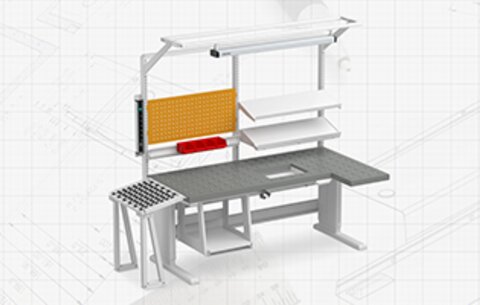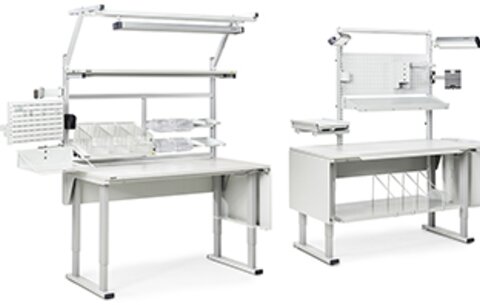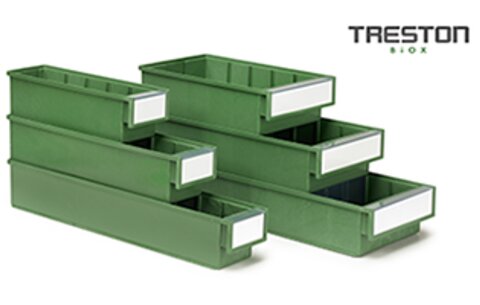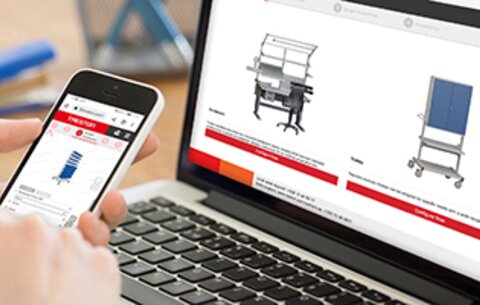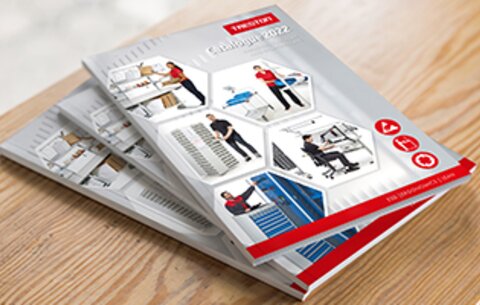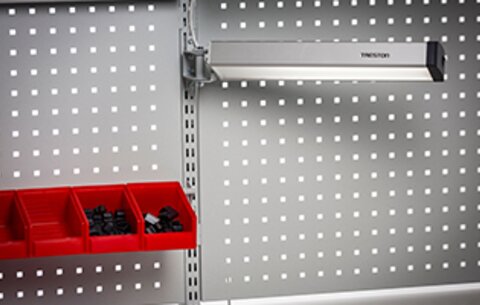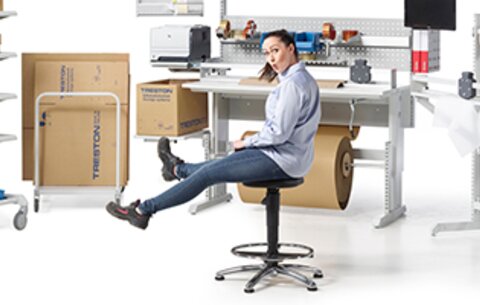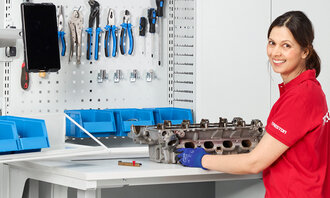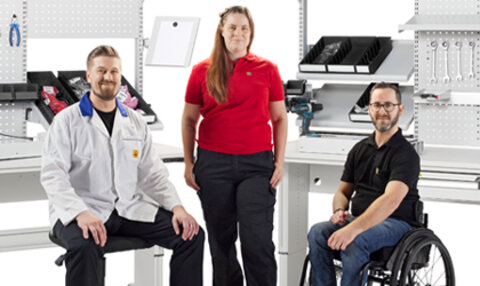

Improving Workplace Ergonomics: Three Benefits of AI-Driven Evaluation for Industrial Workspaces
Through AI-powered analytics, organisations can analyse key metrics and risk factors and use that data to optimise workstations to maximise productivity and minimise the risk of workplace injuries.
In this article, we’ll go through three ways companies can benefit from AI-powered ergonomics evaluations.
Ergonomic workstations need to be built for worker needs - and it is beneficial for both workers and employers.
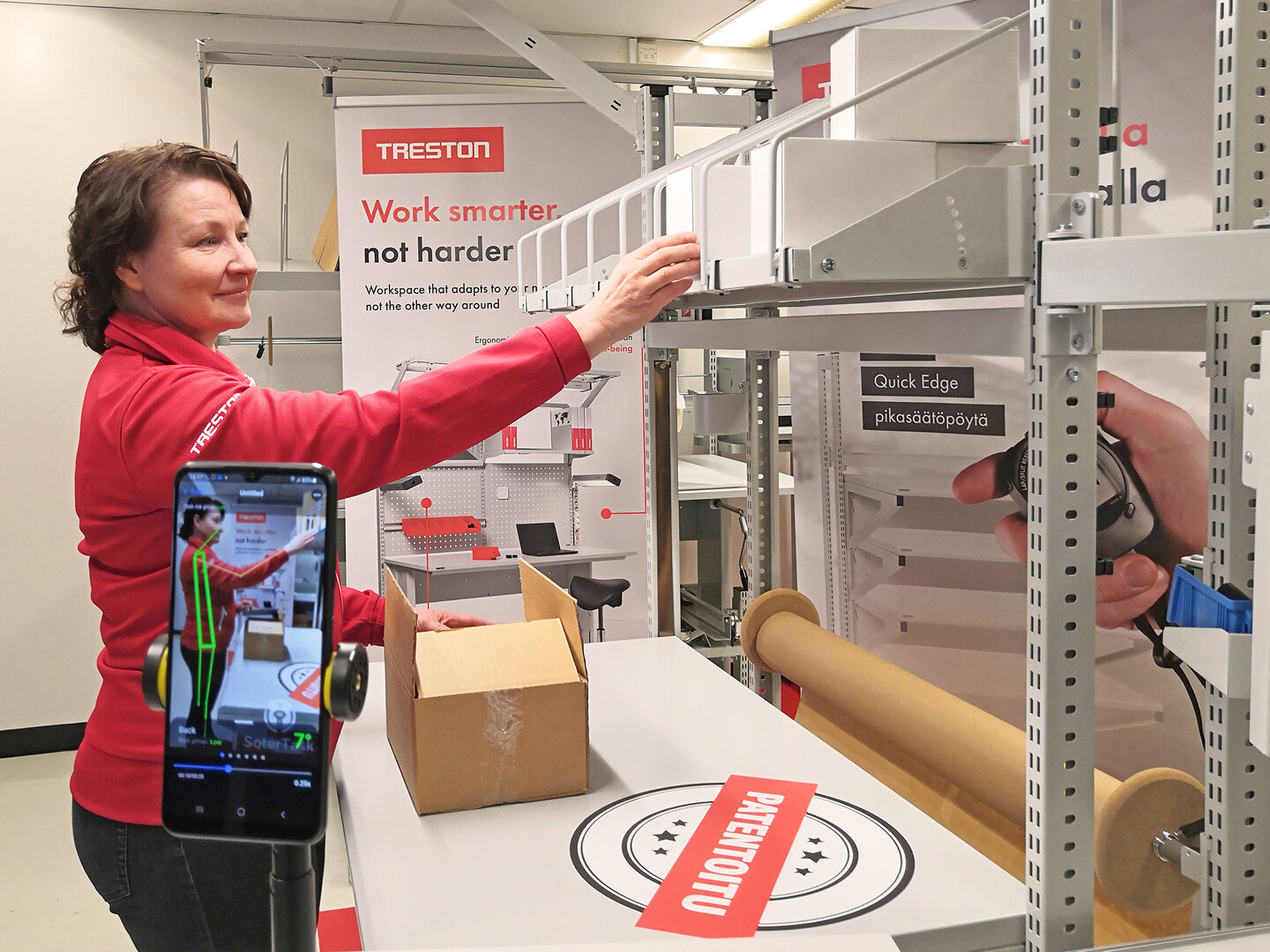
New ways to assess industrial ergonomics and physical workload
Workplace ergonomics involves examining tasks, tools, and processes to ensure they are designed for optimal performance while minimising the risk of injury or strain. Together with AI technology, other technological innovations, such as a biomechanical measurement system or motion capture, can aid in gathering data. These technologies are providing a more visual and objective approach compared to the previously used observation-based assessment methods. AI can play a vital role in this evaluation process, providing more accuracy, efficiency, and objectivity.
See how the motion capture, wearable sensors and biomechanical measurement system can help design more ergonomic workstations.

Here there are four examples of technologies collecting data for ergonomics assessments:
- Wearable Sensors: Wearable sensors in ergonomics assessments refer to devices that are worn on the body to measure parameters related to human movement and posture. By analysing the data with AI algorithms, researchers can determine which tasks and motions put the most stress on workers and recommend changes to reduce strain and improve productivity.
- Motion Capture: Motion capture technology is a method of tracking the movement of people in real-time using sensors or sensorless technology. This technology can be used in ergonomics assessments to analyse how individuals move and perform tasks. By recording workers' movements and analysing them with AI, researchers can identify patterns and instances of strain and develop strategies to mitigate them.
- Computer Vision: Computer vision technology utilises cameras and computer algorithms to analyse human movement and posture in real-time. In ergonomics assessments, computer vision can assist by capturing and analysing a worker's movements and postures to identify any potential risk factors for ergonomic injuries or discomfort. Computer vision involves teaching computers to "see" and interpret images, and it can be used to analyse video footage of workers performing tasks.
- Biomechanical measurement system: A biomechanical measurement system is a set of tools and techniques used to analyse and quantify movement and physical characteristics. These systems typically involve specialised sensors, cameras, and software to measure and track various aspects of movement and force.
AI-Powered Ergonomics Analysis: 3 Benefits for Industrial Workspaces
As technology continues to evolve, it’s changing the way we work, especially in industrial workplaces. Here are three ways companies can benefit from AI-powered ergonomics analysis in their industrial workspaces:
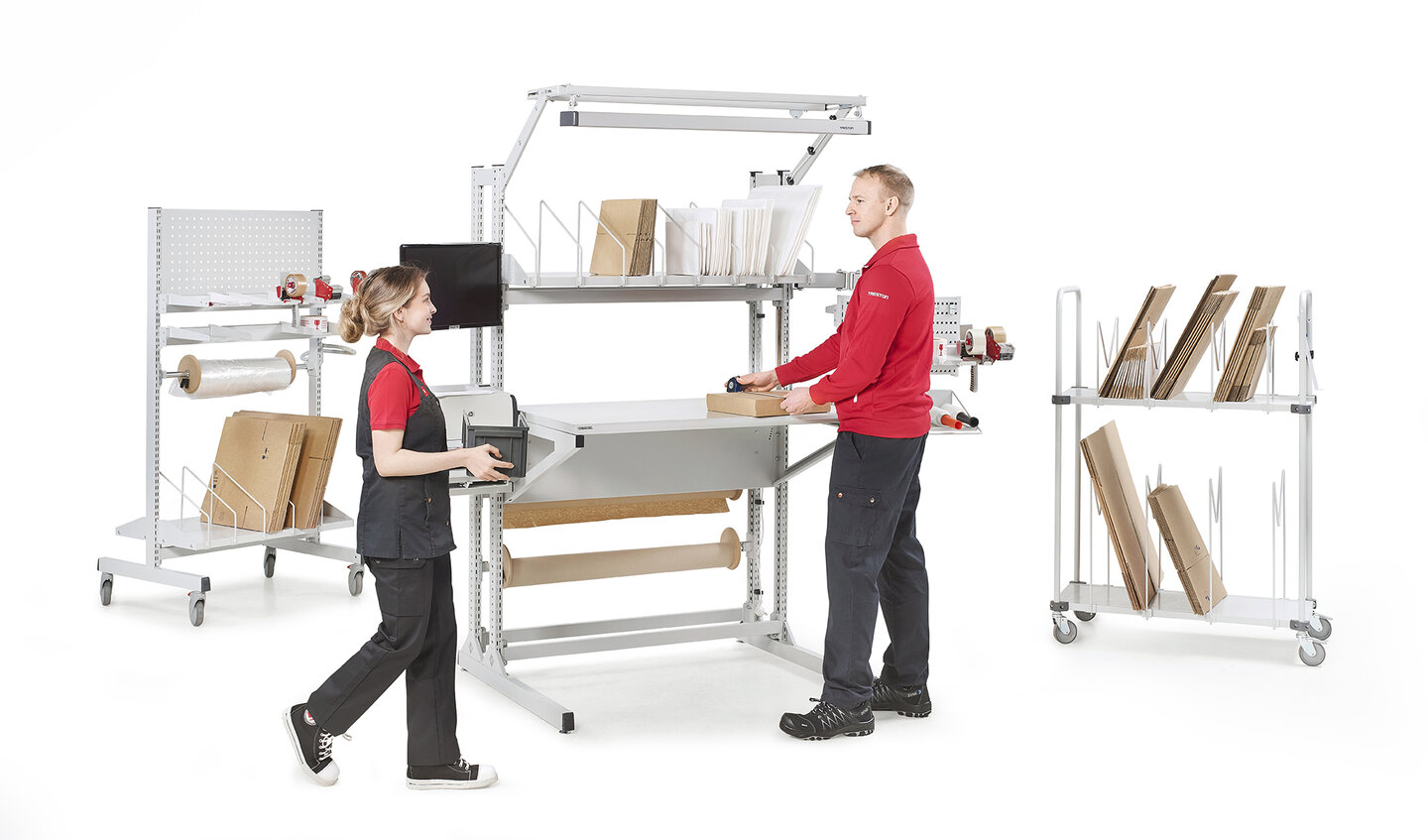
- Reducing the risk of workplace injuries
Workplace injuries not only have an impact on employee health but also lead to heavy costs for companies. By optimising industrial workstations using AI, companies can identify potential injury risks and take corrective actions before an accident occurs. AI-powered tools can detect, for example, harmful postures and then generate data-driven insights to highlight potential hazards.
- Increasing productivity
Ergonomic workstation design is essential to the health and well-being of employees, but it’s also beneficial for productivity levels. An optimised workstation can decrease the time required for tasks, allowing employees to work more efficiently and effectively. This can lead to increased output and better work quality.
AI analytics can help organisations to identify the optimal workstation design for each specific task, improving efficiency, accuracy, and productivity. The AI can highlight the relevant task metrics and suggest design changes to improve task performance.
- Empowering workers to take charge of their health
The ergonomic workstations are designed to increase employee safety and well-being, but employees must be mindful of their actions. AI-powered tools can provide workers with actionable insights that can help them take control of their health and reduce their risk of injury.
For example, AI algorithms can provide workers with real-time feedback on their posture, reminding them to fix their form or take regular breaks to stretch their muscles. This type of feedback promotes worker self-awareness, reminds them to maintain healthy work habits, and empowers them to take control of their health whilst maintaining their own productivity.
In conclusion, using AI to improve industrial workstation ergonomics is an excellent way for companies to improve worker health, increase productivity, and the overall effectiveness of their operations. By optimising workstations, reducing the risk of injury, and empowering workers to take control of their health, AI can help to strike a balance between productivity and worker safety.
So, Ergonomic workstations need to be built for worker needs - and it is beneficial for both workers and employers.

